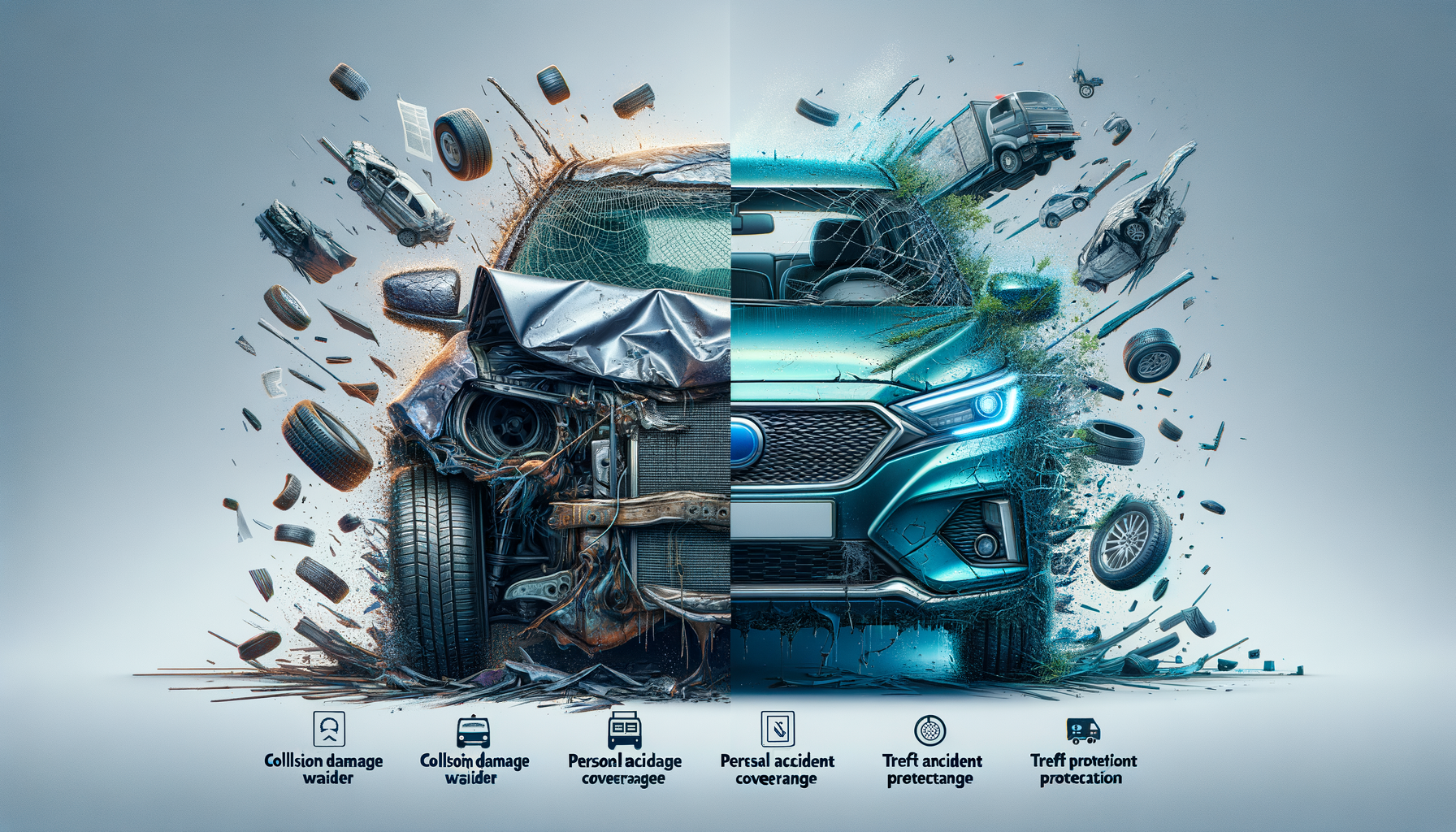
Understanding Car Insurance: How Coverage Options May Affect Vehicle Appearance
Introduction to Car Insurance and Its Importance
Car insurance is an essential aspect of vehicle ownership, offering financial protection against unforeseen events that can impact both the functionality and appearance of your car. Understanding the various coverage options available is crucial, as it helps in making informed decisions that align with your needs and preferences. While many focus on the practical benefits of car insurance, such as liability and collision coverage, it’s equally important to consider how different plans may affect your vehicle’s appearance over time.
Some plans may offer limited support for cosmetic repairs, including paint. This aspect of car insurance is often overlooked, yet it can play a significant role in maintaining the aesthetic appeal of your vehicle. By exploring the nuances of car insurance, you can ensure that your car remains not only functional but also visually appealing.
Types of Car Insurance Coverage
Car insurance policies are composed of various types of coverage, each designed to protect against specific risks and damages. Understanding these types is crucial for selecting a policy that meets your needs. Here are some common coverage options:
- Liability Coverage: This is typically mandatory and covers damages to other vehicles or property in the event of an accident that is your fault.
- Collision Coverage: This covers damages to your own vehicle resulting from a collision, regardless of who is at fault.
- Comprehensive Coverage: This offers protection against non-collision-related incidents, such as theft, vandalism, or natural disasters.
- Personal Injury Protection (PIP): This covers medical expenses for you and your passengers after an accident.
- Uninsured/Underinsured Motorist Coverage: This protects you in cases where the other driver is at fault and lacks sufficient insurance.
Among these options, comprehensive coverage is particularly relevant when considering the appearance of your vehicle. It can cover cosmetic damages that aren’t the result of a collision, such as scratches or dents from falling objects or vandalism. Understanding these distinctions can help you choose a plan that not only meets legal requirements but also maintains the aesthetic appeal of your car.
Impact of Insurance on Vehicle Appearance
The appearance of your vehicle is not only a matter of pride but also affects its resale value. Car insurance can play a vital role in preserving your car’s look through various coverage options. For instance, comprehensive coverage can assist in repairing or replacing damaged parts that affect the car’s exterior.
When selecting an insurance policy, consider how different plans address cosmetic repairs. Some plans may offer limited support for cosmetic repairs, including paint. This means that while essential repairs are covered, aesthetic damages might require additional out-of-pocket expenses. It’s important to read the fine print of your policy to understand what is included.
Moreover, insurance providers often have networks of preferred repair shops. These shops may offer quality services that ensure your car looks as good as new after repairs. However, it’s essential to verify whether these shops specialize in cosmetic repairs and use high-quality materials, as this can significantly impact the final appearance of your vehicle.
In conclusion, while car insurance is primarily about protection and compliance, its role in maintaining the appearance of your vehicle should not be underestimated. By carefully selecting your coverage options and understanding the implications of each, you can keep your car looking great and preserve its value over time.